Iron chalcogenides superconductors (“11”-type system compounds) have the simplest chemical formula and a simple crystallographic structure among Fe-based superconductors. These properties are the reasons to consider the “11”-type system as an almost ideal model for the investigations of the mechanism of superconductivity and for the understanding of the interplay between superconductivity and magnetism in all iron based superconductors. Moreover, the quite high upper critical magnetic field of this system makes it a potentially useful material for applications in new types of high-field superconducting tapes and wires.
The subject of iron chlcogenides for 2008 has been a part of the project FunDMS - Fuctionalization of Diluted Magnetic Semiconductors Advanced Grant (FP7 “Ideas”) founded by the European Research Council with Principal Investigator Prof. Tomasz Dietl. For 2012 it has been also a part of the projects founded by the National Science Centre with Principal Investigators Prof. Marta Z. Cieplak and Prof. Roman Puźniak.
FeSe1-x
We have obtained ceramic of superconducting (Tc ~ 8.5K) iron selenide – FeSe1-x (x = 0 – 0.15) by the solid-state reaction and from a liquid phase.
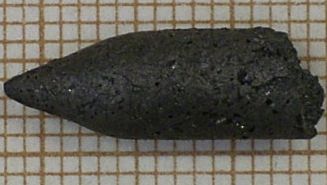
FeTe1-ySey
Using one of the growth techniques from a melt, it is difficult to obtain large single crystals of the superconducting FeSe. Substitution of a part of the selenium by tellurium leads to the isostructural, pseudobinary system of Fe–Te–Se (Tc up to ~15K) which relatively easily crystallize from the melt.
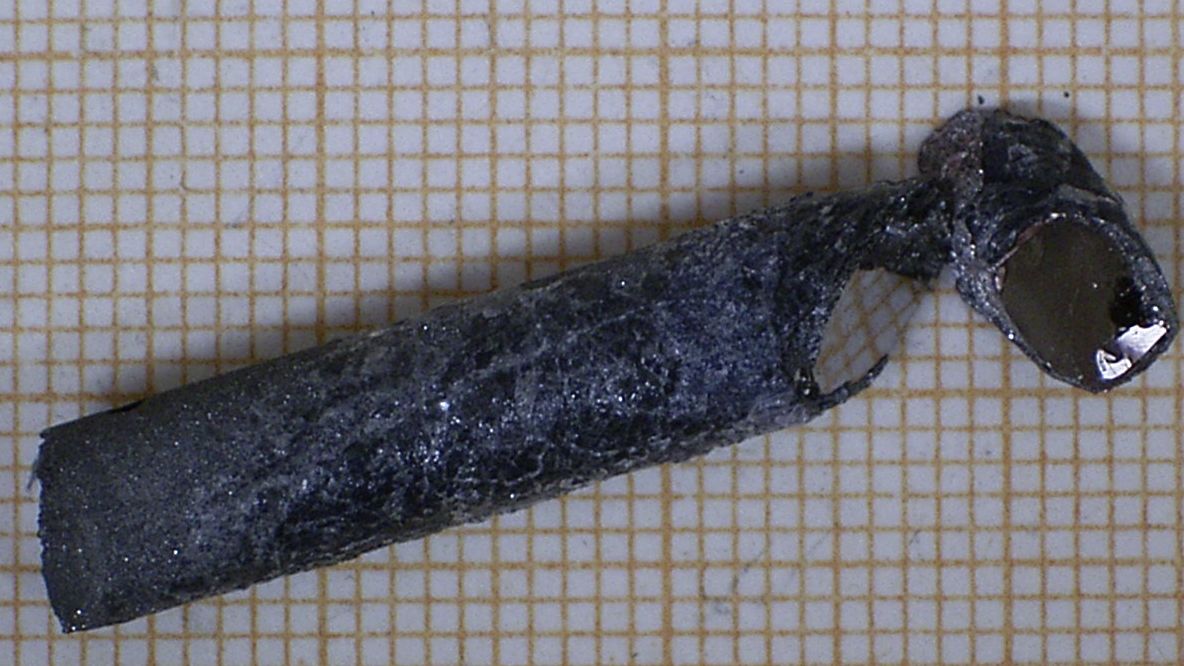
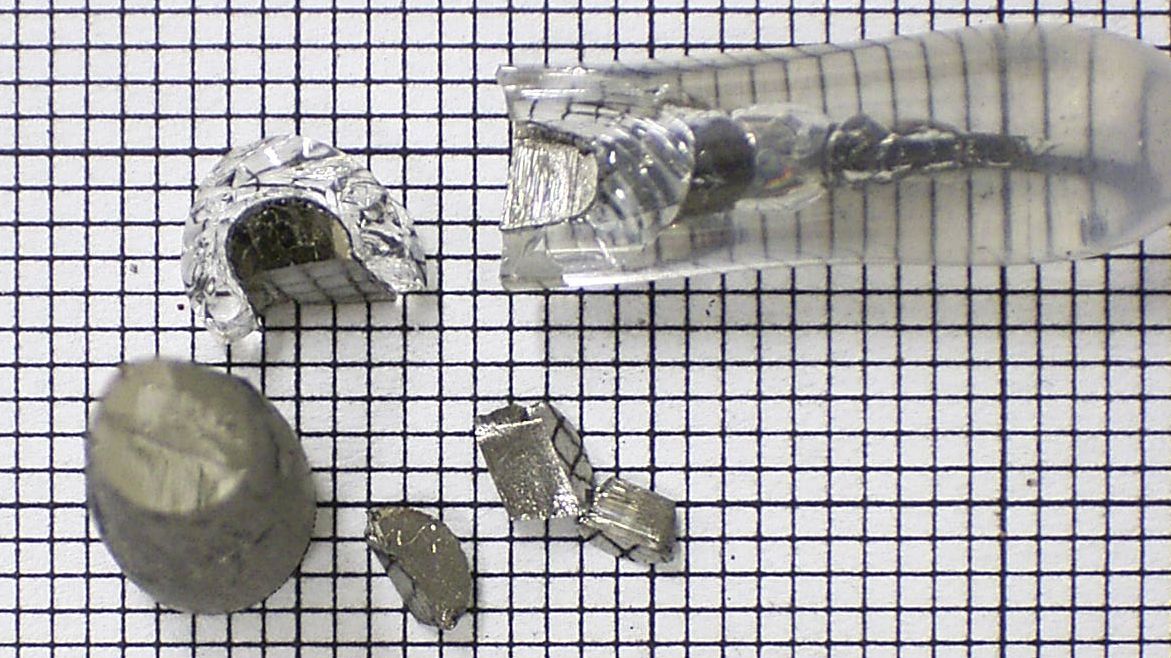
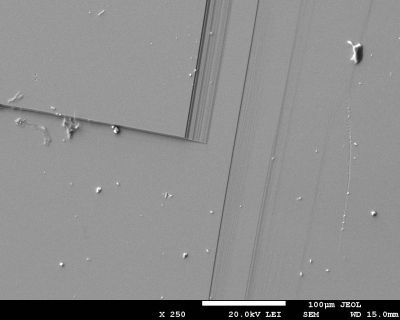
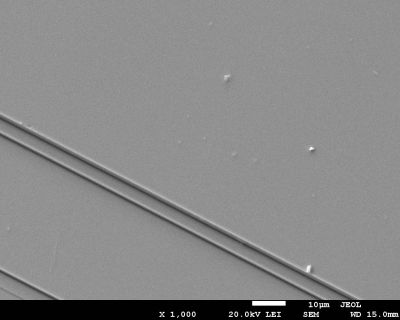
We have grown superconducting single crystals of FeTe1-ySey (y = 0.3-0.55) using Bridgman’s method. Particularly, the samples with y = 0.35 and 0.5 were studied in details.
Fe1-zTMzTe0.65Se0.35
We choose FeTe0.65Se0.35 as a host crystal in order to obtain the best quality single-phase material. While crystals with x = 0.5 display highest Tc, they show coexistence of two tetragonal phases.


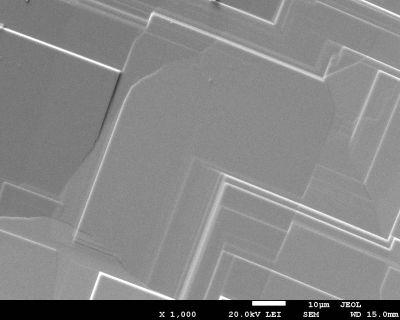
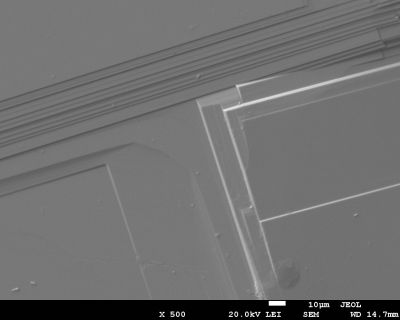
We have grown superconducting single crystals of Fe1-zTMzTe0.65Se0.35 (TM = Co, Ni, Cu; z = 0.00125–0.2) using Bridgman’s method.
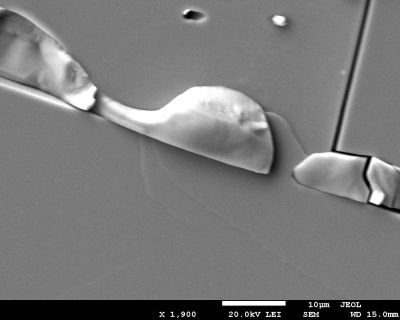
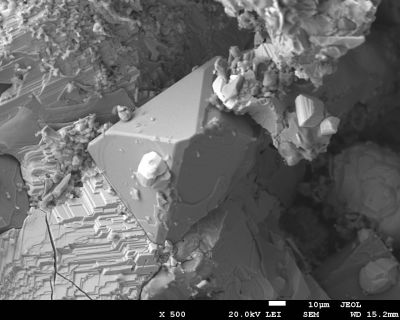
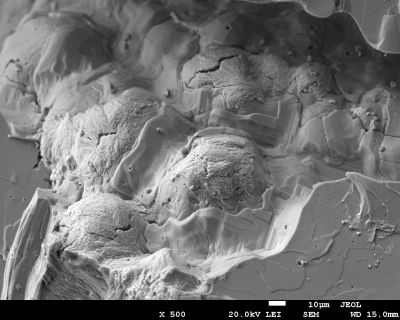
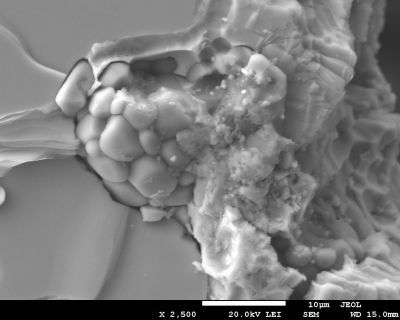
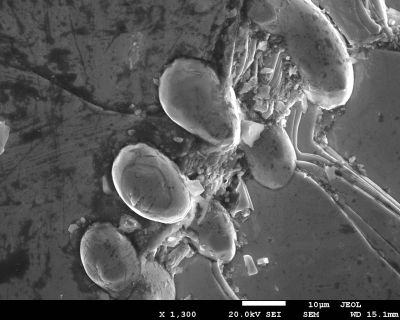
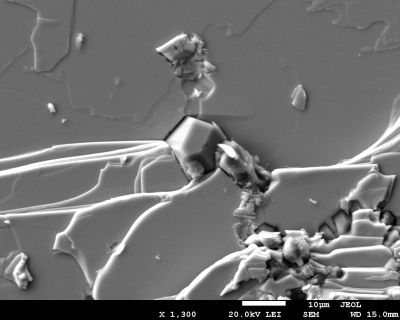
Among all of the studied dopants only Co, Ni and Cu substitute Fe ions in FeTe0.65Se0.35 crystals. The remaining ions examined i.e. Mn, Zn, Mo, Cd, In, Pb, Hg, V, Ga, Mg, Al, Ti, Cr, Sr or Nd do not incorporate into the crystal structure.
AnFe2-mSe2
Intercalation of alkali between Fe–Se layers leads to an increase of Tc up to about 30K.
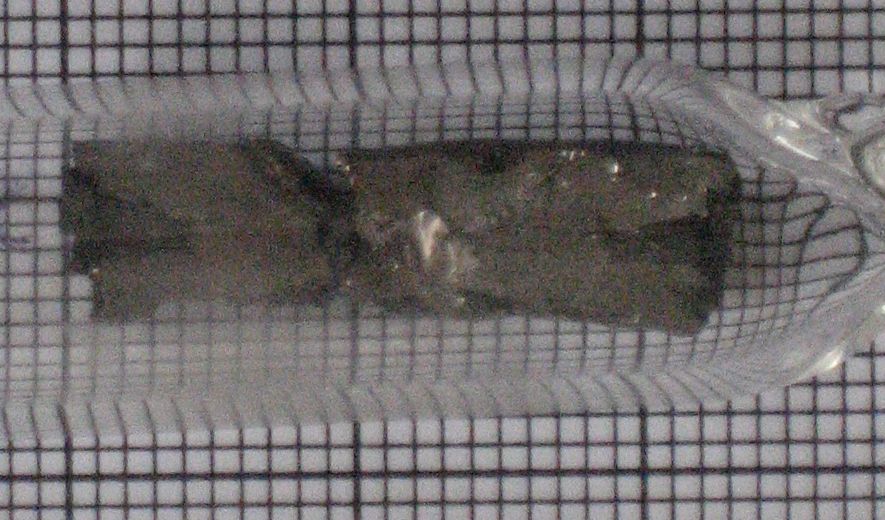

We have grown superconducting single crystals of AnFe2-mSe2 (A = K and Rb) using Bridgman’s and self-flux methods.
- ON3.5 - Group of phase transitions - magnetic properties (PPMS, VSM, SQUID MPMS and MR measurments),
- ON1.2 - Group of physics and technology of epitaxial layers - structural properties,
- ON2.4 - Group of physics of strongly correlated materials - magnetotransport and magnetooptics properties,
- ON3.2 - Group of spectroscopy and thermal properties of magnetic materials - thermal properties,
- SL1.4 - Group of electron microscopy - microstructure,
- ON4.3 - Group of microwave spectroscopy.
- We also cooperate with:
- Dr Mirosław Kozłowski from Tele and Radio Research Institute - SEM / EDX analysis,
- Prof. Ludwik Dobrzyński from National Centre for Nuclear Research and Mössbauer Group of Solid State Physics Division of Faculty of Physics University of Bialystok - Mössbauer studies.